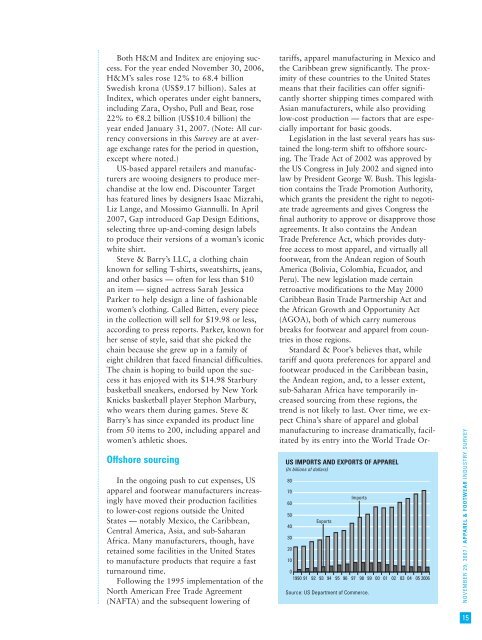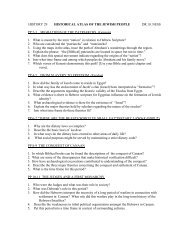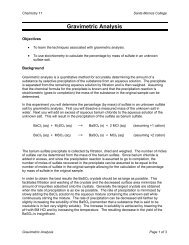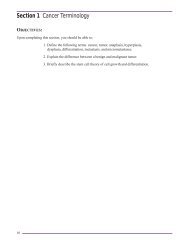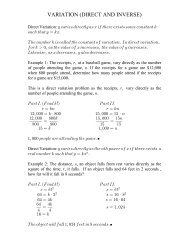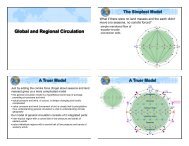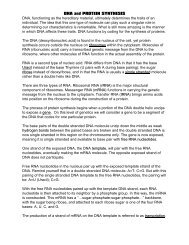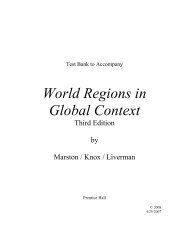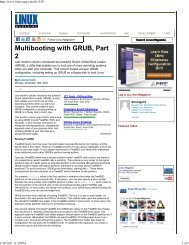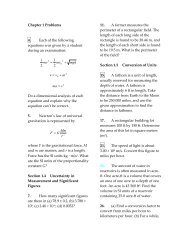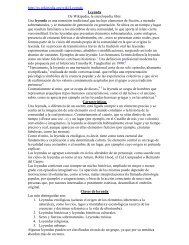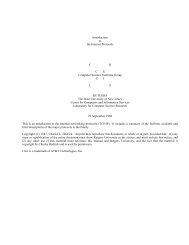Create successful ePaper yourself
Turn your PDF publications into a flip-book with our unique Google optimized e-Paper software.
Both H&M and Inditex are enjoying success.<br />
For the year ended November 30, 2006,<br />
H&M’s sales rose 12% to 68.4 billion<br />
Swedish krona (US$9.17 billion). Sales at<br />
Inditex, which operates under eight banners,<br />
including Zara, Oysho, Pull and Bear, rose<br />
22% to €8.2 billion (US$10.4 billion) the<br />
year ended January 31, 2007. (Note: All currency<br />
conversions in this Survey are at average<br />
exchange rates for the period in question,<br />
except where noted.)<br />
US-based apparel retailers and manufacturers<br />
are wooing designers to produce merchandise<br />
at the low end. Discounter Target<br />
has featured lines by designers Isaac Mizrahi,<br />
Liz Lange, and Mossimo Giannulli. In April<br />
2007, Gap introduced Gap Design Editions,<br />
selecting three up-and-coming design labels<br />
to produce their versions of a woman’s iconic<br />
white shirt.<br />
Steve & Barry’s LLC, a clothing chain<br />
known for selling T-shirts, sweatshirts, jeans,<br />
and other basics — often for less than $10<br />
an item — signed actress Sarah Jessica<br />
Parker to help design a line of fashionable<br />
women’s clothing. Called Bitten, every piece<br />
in the collection will sell for $19.98 or less,<br />
according to press reports. Parker, known for<br />
her sense of style, said that she picked the<br />
chain because she grew up in a family of<br />
eight children that faced financial difficulties.<br />
The chain is hoping to build upon the success<br />
it has enjoyed with its $14.98 Starbury<br />
basketball sneakers, endorsed by New York<br />
Knicks basketball player Stephon Marbury,<br />
who wears them during games. Steve &<br />
Barry’s has since expanded its product line<br />
from 50 items to 200, including apparel and<br />
women’s athletic shoes.<br />
Offshore sourcing<br />
In the ongoing push to cut expenses, US<br />
apparel and footwear manufacturers increasingly<br />
have moved their production facilities<br />
to lower-cost regions outside the United<br />
States — notably Mexico, the Caribbean,<br />
Central America, Asia, and sub-Saharan<br />
Africa. Many manufacturers, though, have<br />
retained some facilities in the United States<br />
to manufacture products that require a fast<br />
turnaround time.<br />
Following the 1995 implementation of the<br />
North American Free Trade Agreement<br />
(NAFTA) and the subsequent lowering of<br />
tariffs, apparel manufacturing in Mexico and<br />
the Caribbean grew significantly. The proximity<br />
of these countries to the United States<br />
means that their facilities can offer significantly<br />
shorter shipping times compared with<br />
Asian manufacturers, while also providing<br />
low-cost production — factors that are especially<br />
important for basic goods.<br />
Legislation in the last several years has sustained<br />
the long-term shift to offshore sourcing.<br />
The Trade Act of 2002 was approved by<br />
the US Congress in July 2002 and signed into<br />
law by President George W. Bush. This legislation<br />
contains the Trade Promotion Authority,<br />
which grants the president the right to negotiate<br />
trade agreements and gives Congress the<br />
final authority to approve or disapprove those<br />
agreements. It also contains the Andean<br />
Trade Preference Act, which provides dutyfree<br />
access to most apparel, and virtually all<br />
footwear, from the Andean region of South<br />
America (Bolivia, Colombia, Ecuador, and<br />
Peru). The new legislation made certain<br />
retroactive modifications to the May 2000<br />
Caribbean Basin Trade Partnership Act and<br />
the African Growth and Opportunity Act<br />
(AGOA), both of which carry numerous<br />
breaks for footwear and apparel from countries<br />
in those regions.<br />
Standard & Poor’s believes that, while<br />
tariff and quota preferences for apparel and<br />
footwear produced in the Caribbean basin,<br />
the Andean region, and, to a lesser extent,<br />
sub-Saharan Africa have temporarily increased<br />
sourcing from these regions, the<br />
trend is not likely to last. Over time, we expect<br />
China’s share of apparel and global<br />
manufacturing to increase dramatically, facilitated<br />
by its entry into the World Trade Or-<br />
US IMPORTS AND EXPORTS OF APPAREL<br />
(In billions of dollars)<br />
80<br />
70<br />
60<br />
50<br />
40<br />
30<br />
20<br />
10<br />
Exports<br />
Imports<br />
0<br />
1990 91 92 93 94 95 96 97 98 99 00 01 02 03 04 05 2006<br />
Source: US Department of Commerce.<br />
NOVEMBER 29, 2007 / APPAREL & FOOTWEAR INDUSTRY SURVEY<br />
15


